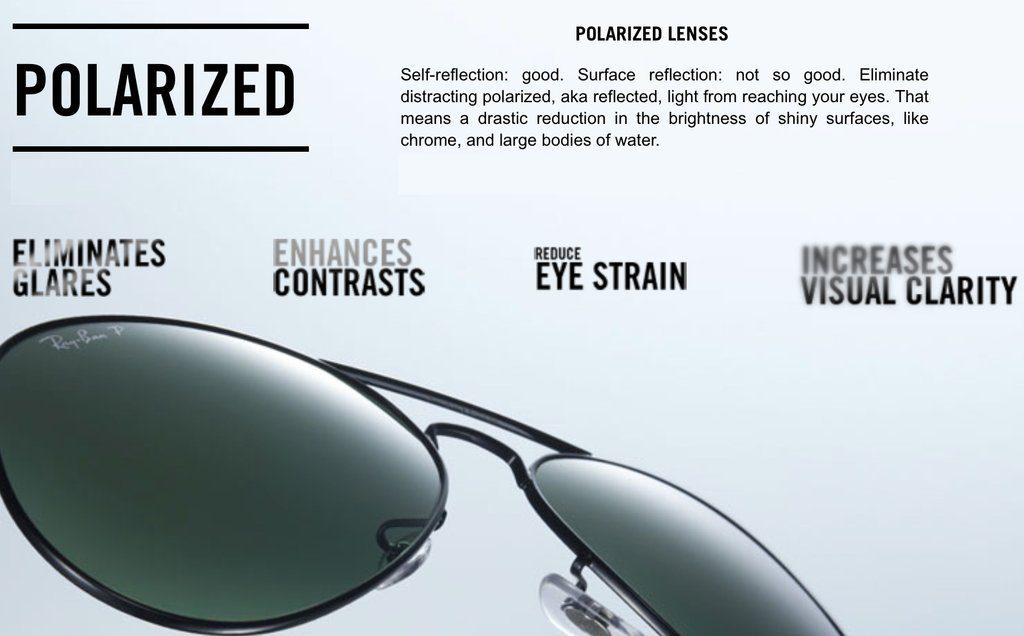When you are out buying sunglasses, it might be difficult to understand the difference between the lenses of the Ray-Ban G15 vs polarized or G15 lenses available. You may have already found it is not easy to understand how either of these would be good or bad for you.
As you might already know, Ray-Ban is one of the oldest and most popular sunglasses selling the brand in the world. They initially made sunglasses for fighter pilots who were on a mission during the Second World War. Eventually, Ray-Ban aviators became a household name. Today, aviators are associated with Ray-Ban even though numerous other brands have their own designer aviator.
The Difference between Ray-Ban G-15 Lenses and Polarized Lenses
This article discusses the difference between G-15 lens and the polarized lenses used in Ray-Ban sunglasses. The G-15 name indicates that the lenses are green in color, hence the G. The 15 in G-15 signifies the amount of light that will be transmitted through the lenses. G-15 lenses will allow only 15% of light to enter through the lenses, while 85% of the light will be blocked out.

However, you should know that here we are talking about visible light and not harmful UV rays. The UV rays will be blocked out completely. The Ray-Ban G-15 lens is not polarized, meaning the lenses will not block out glare. If you are planning on buying a pair of sunglasses with G-15 lens, they may pose a problem if you are planning to wear them in bright and sunny areas or while driving.
About Polarized Lenses
Polarized lenses are very popular because they provide optimum vision with better clarity. Sun rays usually hit our eyes horizontally, and polarized lenses reduce the horizontal light with vertically oriented polarizers on the lenses. This cuts the glare completely. Polarized lenses have been extensively used by fishermen because the lenses let you see underwater quite clearly. With polarized lens technology, fishers are able to see through the water’s surface without any light or glare blazing into their eyes. Without the lenses, they would only see the top surface of water and the light bouncing off the water’s surface.

On the flip side, polarized lenses can prove to be somewhat harmful when it comes to performing certain specific activities. For example, if you are skiing and there is a shiny glare on the surface of the snow, then you will not be able to see the glare and you may not know to avoid that patch of ice. This can be a serious hazard as you run the risk of getting hurt.
G-15 lenses can be good if you are going to less sunny places, but otherwise polarized lenses are your safest bet. Shop the best styles of Ray-Ban sunglasses at ShadesDaddy.com and enjoy free U.S. shipping.



